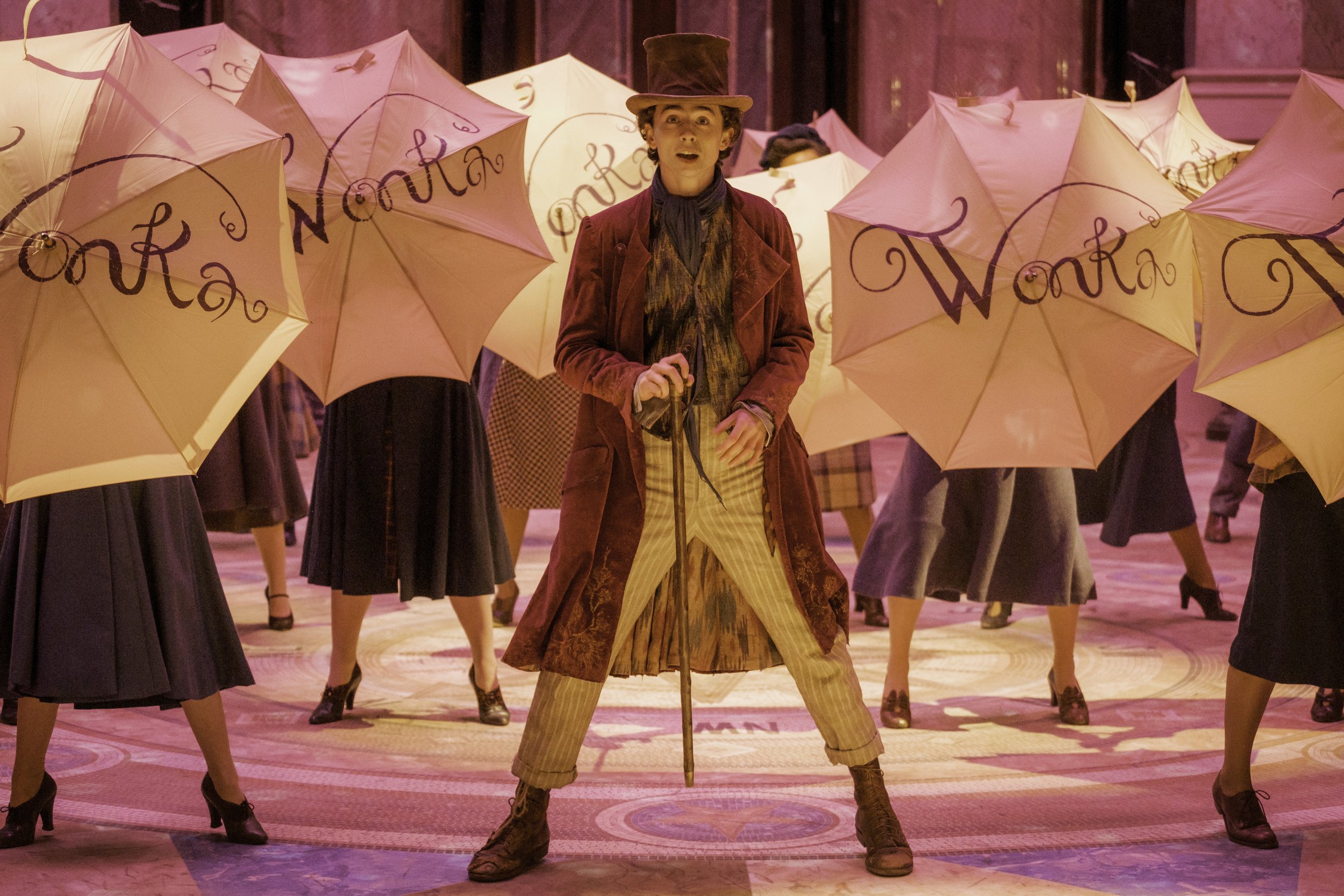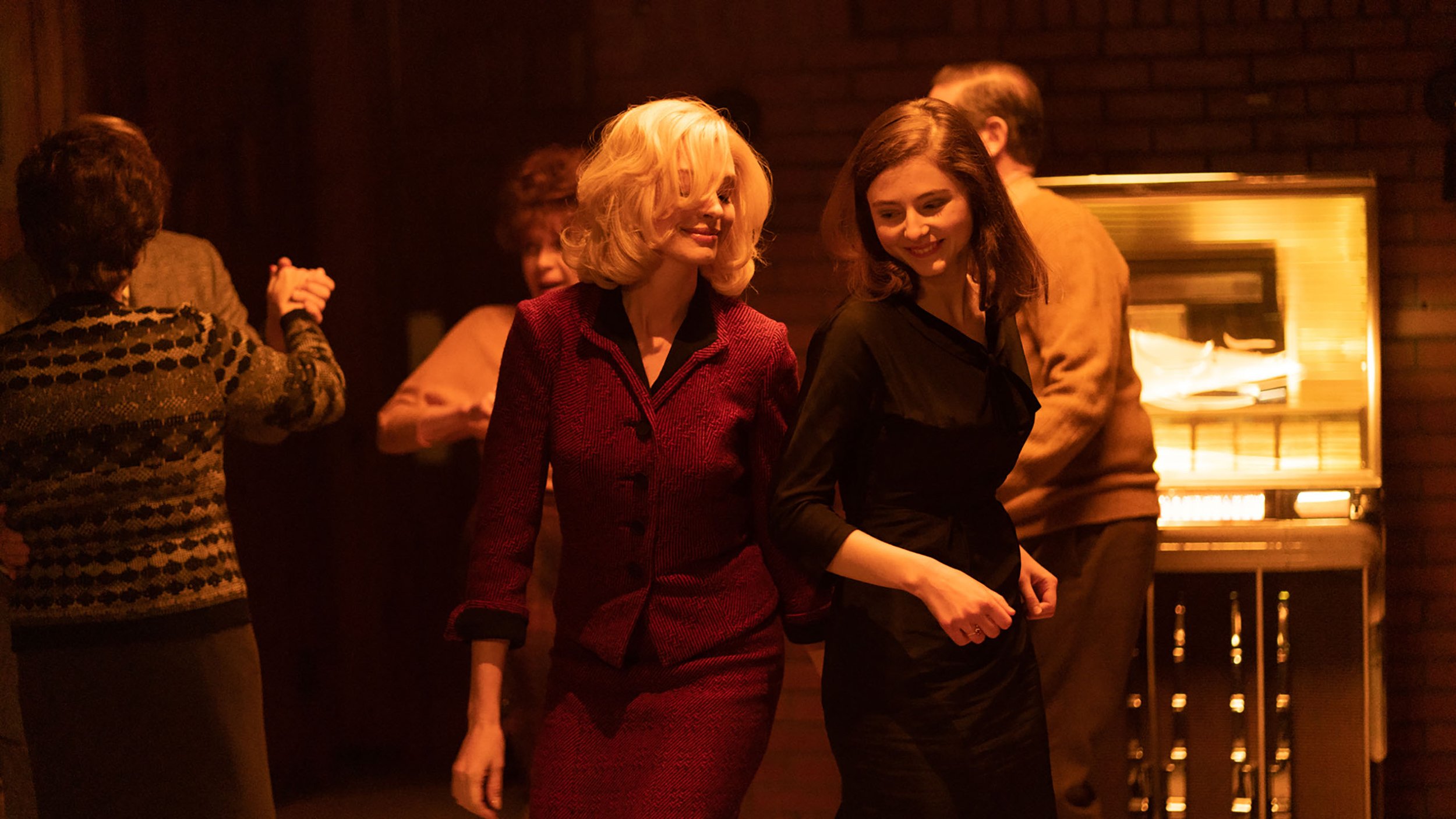Review: 'The Boys in the Boat' is a painfully average middle-of-the-road sports drama
Underdog sports movies don’t get more straight-forward than in “The Boys in the Boat,” a true story of strivers battling not only to compete but to beat the many layers of a system stacked against them.
Director George Clooney — who appears in the movie’s ads but not onscreen himself — and screenwriter Mark L. Smith (who wrote Clooney’s “The Midnight Sky”) adapt Daniel James Brown’s book about the real-life 8-man 1936 rowing team of the University of Washington. They were scrappers, battling the rich colleges like Cal and Penn to win the national championship. In 1936, winning the U.S. collegiate title brings a bonus: A chance to compete in the Olympics, in Hitler’s Berlin.
When Joe Rantz (played by Callum Turner) tries out for the junior crew team, he’s not thinking about beating Cal or the Germans. Joe needs a job so he can pay his tuition — and a place to sleep other than an old car in the middle of Seattle’s Hooverville. It’s the middle of the Great Depression, and Joe’s been on his own since was 14.
It won’t be easy, the crusty coach Al Ulbrickson (Joel Edgerton), tells the young men trying out. There are more than 100 of them, trying for eight slots on the boat, and the training is grueling. Joe gets encouragement from his friends in training — as well the team’s Yoda-like boat builder, George Pocock (Peter Guinness), and a fetching classmate, Joyce Simdars (Hadley Robinson).
Even if you haven’t read Brown’s book, Smith’s script and Clooney’s direction will make you feel like you have — because every step of the Huskies’ crew journey, and Joe’s path to personal success, feels rote and predictable. There’s even a cameo, during the opening ceremonies of the Berlin Olympics as our boys meet track star Jesse Owens (Jyuddah Jaymes), that plays with a slap-your-forehead level of narrative shamelessness.
Still, Clooney captures the technical aspects of rowing, the difficulty and the exhilaration of it, beautifully. And he has a strong ensemble of young actors to play the Washington team — besides Turner (familiar as Newt Scamander’s brother Theseus in the “Fantastic Beasts” films), the standouts are Jack Mulhern as the shy Don Hume, Sam Strike as Joe’s best friend Roger Morris, and Luke Slattery as the borderline-arrogant coxswain Bobby Moch.
Let me say that, as a Washington alumnus, it pains me to say “The Boys in the Boat” isn’t as good as it could be. It’s got the muscle in the boat. It just doesn’t have the imagination to move it in the right direction.
——
‘The Boys in the Boat’
★★1/2
Opens Monday, December 25, Christmas Day. Rated PG-13 for language and smoking. Running time: 124 minutes.







